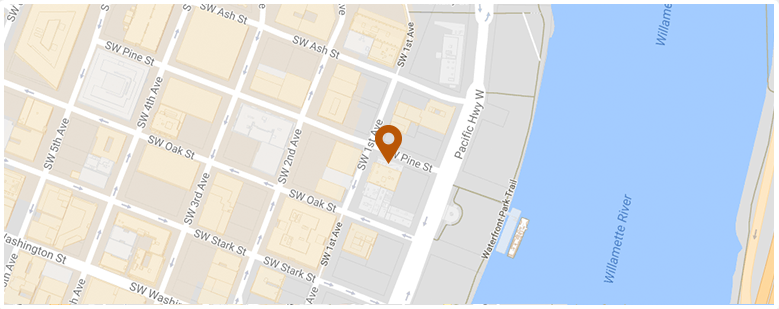Just after the Memorial Day holiday weekend, Governor Kate Brown signed HB 2027. This essential legislation has been making its way through the legislature since the beginning of the year, and goes a long way toward closing a legal gap I first wrote about last November.
As The Oregonian notes, quoting one of the bill’s sponsors, this “will give the Office of Child Care the tools to gather information, inspect facilities and hold providers accountable for meeting the highest standards of safety and quality care for children.” Specifically, the new law will strengthen oversight of the day care industry by giving the state Office of Child Care the authority “to issue subpoenas, take depositions, compel witness statements and require the disclosure of records during investigations,” according to the newspaper.
Perhaps even more importantly, it also prevents child care givers who face suspension proceedings from working in the industry.
Together these measures fill some of the key gaps that a string of recent events have exposed in Oregon’s system of child care regulation. In doing so, they are sure to help prevent injuries to children, including serious instances of neglect and abuse.
That was the good news. An article published in the same newspaper this week (see link below), however, offers a clear-eyed assessment of the problems that still remain. Despite the new investigative powers that the Office of Child Care now has, the enforcement and oversight side of Oregon’s child welfare system remains overworked and understaffed, the paper reports. A state audit report released this week found that only eight of 22 key improvement measures recommended in 2018 have been implemented despite the passage of a year. For example, The Oregonian reports that state officials stopped placing children awaiting foster homes in hotels. Instead, they are now being housed in “repurposed juvenile detention centers”. An overhaul of a computer system described as “problem-riddled” has not been successful.
As an Oregon attorney, the question in the weeks and months to come will be whether the Office of Child Care uses its new tools both thoroughly and responsibly. It is good to know that we have the court system available to enforce accountability when regulatory agencies fail. ORS Chapter 124 (Abuse of Vulnerable Persons) and ORS 163.545, a key child neglect statute, provide victims and their families with essential tools in their fight for justice. It is especially troubling to look back through this blog and media reporting over the last few years and see a consistent pattern of trouble in Oregon’s care system. Foster care, day care and nursing homes have all been the focus of repeated legal and investigatory actions. While the legal system gives us tools to enforce accountability and justice, the larger question we all need to ask is why these essential services keep failing Oregonians at so many levels.
The Oregonian: Flaws in Oregon’s child welfare system still place children at risk, review finds
The Oregonian: Oregon lawmakers OK bill to beef up daycare investigations
Oregon Department of Human Services: How to Report Abuse and Neglect
Oregon Department of Human Services: Mandatory Reporting
Oregon Department of Human Services: Child Abuse & Neglect
 Oregon Injury Lawyer Blog
Oregon Injury Lawyer Blog


